Selecting the Best Stainless Steel for Pharmaceutical Equipment and Facilities.
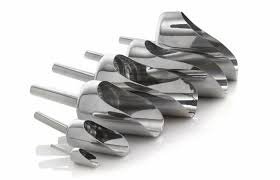
Stainless steel is a critical material in the pharmaceutical industry, due to its combination of strength, corrosion resistance, and ease of cleaning. Pharmaceutical manufacturing involves processes that require stringent hygiene, durability, and chemical resistance, making stainless steel an ideal choice. There are several types of stainless steel, each with its unique properties and applications within the pharmaceutical sector. Let’s explore the different types and how they are used in pharmaceuticals.
1. Austenitic Stainless Steel (300 Series)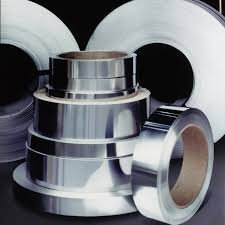
The 300 series, particularly 304 and 316 stainless steels, are the most common grades used in pharmaceutical applications.
-
304 Stainless Steel:
-
Composition: 18% chromium, 8% nickel.
-
Properties: It is non-corrosive, highly resistant to oxidation, and easy to fabricate. It is also non-reactive to many chemicals, making it ideal for use in pharmaceutical environments.
-
Applications: Commonly used in pharmaceutical equipment such as tanks, piping, and storage vessels. It is also used for food-grade applications.
-
Limitations: It is not resistant to certain aggressive chemicals, such as concentrated acids or chlorine-based cleaners.
-
316 Stainless Steel:
-
Composition: 16% chromium, 10% nickel, and 2% molybdenum.
-
Properties: The addition of molybdenum enhances corrosion resistance, especially against chlorides, which makes 316 ideal for environments where corrosion is a concern, like pharmaceutical manufacturing plants.
-
Applications: 316 is used for high-purity pharmaceutical processes, including drug manufacturing, fluid handling, and storage tanks, where a higher resistance to corrosion is necessary.
-
Advantages: 316 stainless steel is commonly used in sterile environments because of its excellent resistance to pitting and crevice corrosion.
2. Ferritic Stainless Steel (400 Series)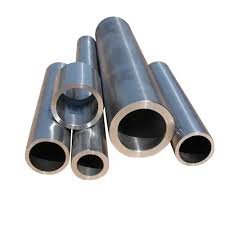
Ferritic stainless steels, such as 430 stainless steel, have lower levels of chromium and no nickel, offering different properties compared to austenitic types.
-
430 Stainless Steel:
-
Composition: 16-18% chromium and low or no nickel content.
-
Properties: It has good resistance to corrosion and oxidation but is less resistant to chemicals than the 300 series. It is also magnetic, unlike austenitic steels.
-
Applications: Ferritic stainless steel is used for less demanding pharmaceutical equipment, such as surface finishes and some internal parts where extreme corrosion resistance is not required.
-
Limitations: It is not suitable for high-temperature applications or environments with aggressive chemicals.
3. Martensitic Stainless Steel (400 Series)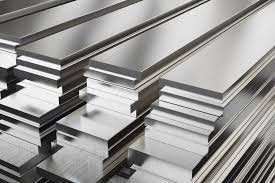
Martensitic stainless steels, such as 410 stainless steel, are known for their hardness and strength.
-
410 Stainless Steel:
-
Composition: 12-14% chromium and low nickel.
-
Properties: Martensitic stainless steels are harder and stronger than austenitic steels but are less resistant to corrosion. They can be hardened by heat treatment, which is useful in applications that need more durability.
-
Applications: These steels are typically used for pharmaceutical equipment that requires high strength, such as valves, springs, and components that face mechanical stress.
-
Limitations: While strong, martensitic stainless steels are more prone to corrosion than austenitic steels and require proper passivation treatments to improve their resistance.
4. Duplex Stainless Steel (2205)
Duplex stainless steel is a blend of austenitic and ferritic stainless steels, offering a mix of their best qualities.
5. Precipitation-Hardening Stainless Steel (PH Stainless Steel)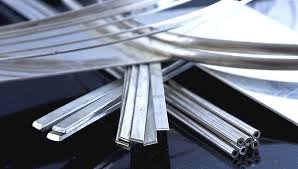
Precipitation-hardening stainless steels are a group of alloys that offer both high strength and good corrosion resistance. 17-4 PH is a typical example.
-
17-4 PH Stainless Steel:
-
Composition: 17% chromium, 4% nickel, and 3% copper.
-
Properties: This stainless steel can be hardened by heat treatment, offering very high strength and resistance to corrosion, particularly in environments that may involve chemicals, salts, and high temperatures.
-
Applications: Used for highly critical components in pharmaceutical equipment, such as pumps, valves, and other machinery parts where both high strength and good corrosion resistance are required.
-
Advantages: It provides a good balance of strength, resistance to stress corrosion cracking, and toughness at higher temperatures.
6. Titanium Stainless Steel Alloys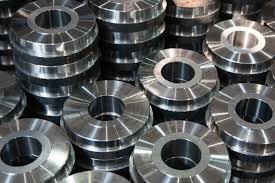
While not strictly stainless steel, titanium alloys are often used in pharmaceutical environments due to their outstanding corrosion resistance.
-
Properties: Titanium is highly resistant to corrosion, particularly in chloride-rich environments, and it has an excellent strength-to-weight ratio.
-
Applications: Often used in pharmaceutical reactors, heat exchangers, and other equipment that must resist corrosive chemicals over long periods.
-
Advantages: Titanium is inert in many aggressive chemical environments, making it highly suitable for specialized pharmaceutical applications, especially those involving highly corrosive substances.
Conclusion: Choosing the Right Stainless Steel for Pharmaceutical Applications
The selection of stainless steel for pharmaceutical manufacturing depends on several factors, including:
-
Corrosion resistance: Stainless steels with higher levels of molybdenum (like 316) are better for environments with chlorides and acidic solutions.
-
Strength and hardness: Martensitic and precipitation-hardened stainless steels offer superior strength for mechanical applications.
-
Cleanability: Austenitic steels (304 and 316) are non-reactive and easy to clean, which is crucial for maintaining sterile environments in pharmaceutical production.
Ultimately, the choice of stainless steel type should align with the specific requirements of the pharmaceutical process, taking into account factors such as the chemicals involved, the need for sterility, temperature ranges, and mechanical stresses.
🎓 Discover one of the best Pharmaceutical Production courses available — click below to explore the course that’s shaping future Production skills.
https://trcjw.on-app.in/app/oc/338669/trcjw








